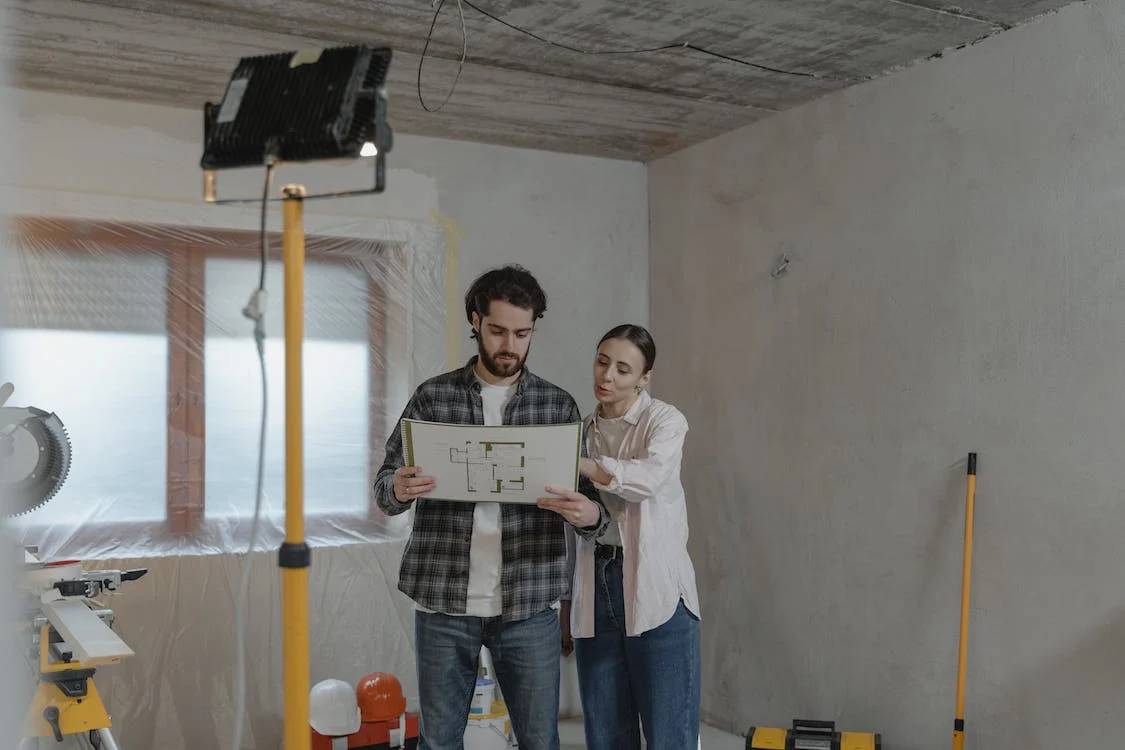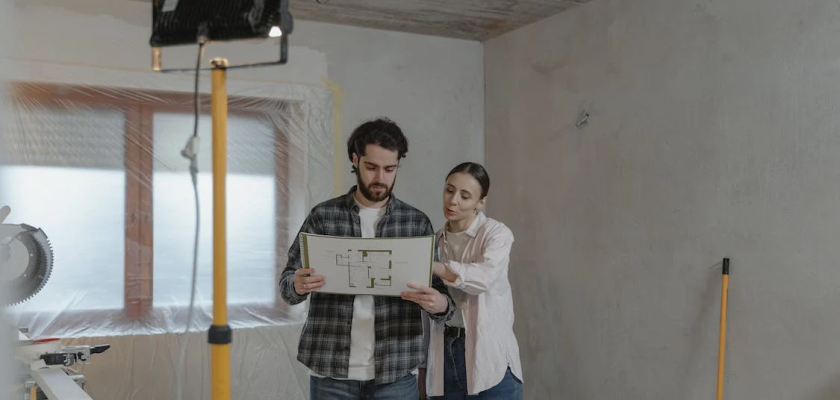
Your home is one of your most precious assets, representing a significant source of financial security for yourself and your loved ones. It also offers a sense of stability and belonging, which can positively impact your overall well-being and quality of life. Unfortunately, however, the cumulative effects of the elements and everyday wear can cause your house to deteriorate. This is why home improvements are not just ideal but necessary.
Yet, you may be concerned about taking on new debt as you plan to spruce up your home. The renovation of your domicile doesn’t always have to come with a hefty price tag. By leveraging a couple of smart strategies, you can boost the beauty and functionality of your property and still be able to pay off debt. Ready to discover what they are? Then, read on!
1. Plan ahead
A crucial mistake homeowners typically make when improving their homes is failing to plan ahead. And this can be a pretty costly mistake, resulting in unmet expectations and more expenses than you’re willing to make. So, before you plunge into any project, think about what you actually want to achieve. At this point, it’s necessary to distinguish your “must-haves” from just the “nice-to-haves,” and prioritize your budget accordingly.
Take the time to research each improvement option and find the most cost-effective way to achieve your goals. Then, by planning sufficiently, you can achieve your financial goals while successfully managing your debt.
2. Shop smart
Shopping for your home improvement requirements doesn’t always have to mean taking out more loans. Instead, you can refurbish and beautify your haven while cutting costs at the same time. And one of the sure-fire ways to make this happen is by shopping savvily.
Consider purchasing materials and supplies from discount retailers or secondhand stores. Look for bargains on appliances and other big-ticket items by shopping during sales events. Additionally, be sure to compare prices across multiple retailers to ensure you’re getting the best deal. By investing time and effort in research and staying patient, you can save big on your refurbishment project.
3. Do it yourself
Do you have the confidence and skills to go the DIY route? Then you can probably do some of the minor work yourself. Being handy around the house can save you a ton of money and even add to your bragging rights!
For instance, you can tackle simple projects like organizing cables, cords, and wires, painting walls, or installing lighting fixtures. The bonus is that you might produce results that match your specific preferences. However, do note that taking on bigger projects requiring specialized tools and expertise may prove disadvantageous and even more costly in the end. These include electrical repairs and installing HVAC systems, which are better left to the professionals.
4. Consider refinancing
Refinancing is another wise move, especially if your home has high-interest debt and equity. In simple terms, this strategy refers to replacing your current loan with another that has more advantageous terms, like a lower interest rate or a longer repayment period. This will provide the means to free up more cash that you can add to your home improvement fund without acquiring more debt. A word of caution: conduct your due diligence by checking possible costs, such as prepayment penalties or closing fees.
5. Focus on energy efficiency
Have you ever thought about ramping up your home’s energy efficiency? This can make a significant impact in helping you save on costs and keep up with your debt payments. Smart and eco-friendly upgrades like sealing air leaks, adding insulation, and installing energy-efficient appliances can reduce utility costs and make your indoor environment more comfortable.
Then there’s the advantage of enhancing the value of your home, making it a more enticing investment for buyers should you decide to sell it in the future. Lastly, having a more sustainable dwelling can reduce your environmental impact and help save the planet.
6. Take advantage of rebates and incentives
Many utilities and governments offer rebates and incentives to homeowners who want to make energy-efficient upgrades. So before renovating away, research which ones apply to you. Check with your local utility company, HVAC contractors, state or federal entities, and other organizations if they offer or can help you access any incentives or rebates for the work you plan to do. Taking advantage of these programs can enable you to save money upfront and pay off debt more quickly.
The takeaway
Torn between improving your home or paying off your debt? You can do both with some planning, creativity and, of course, astuteness. So consider your goals, shop smart, DIY where you can, be energy-efficient, take advantage of tax incentives, and think about refinancing. All these strategies can help you forge ahead with significant home renovations as you keep your finances in healthy shape. So what are you waiting for? Start planning your next home improvement project today!
For more tips and tricks for the savvy homeowner (plus a lot of other relevant content!), check us out at Newspeakblog today!

